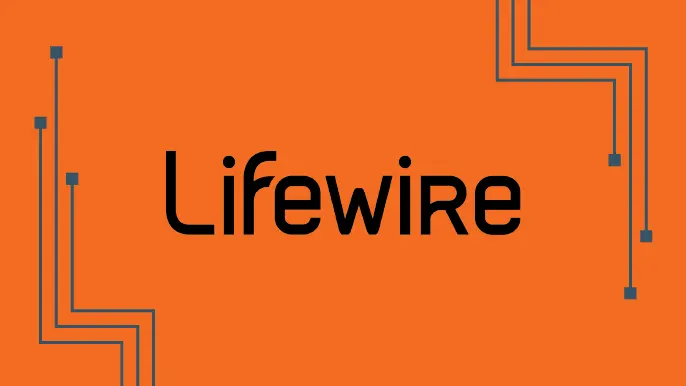
Patrick Sayler
More By Patrick Sayler

Dark Reading: As Social Engineering Attacks Skyrocket, Evaluate Your Security Education Plan
February 27, 2023
NetSPI Director of Social Engineering Patrick Sayler was featured in the Dark Reading article called As Social Engineering Attacks Skyrocket, Evaluate Your Security Education Plan.

Bypassing Mimecast URL and File Inspection
October 20, 2022
Explore how we successfully bypassed Mimecast URL and file inspection features and worked with the email security company to remediate the issues.

Lifewire: Phishing Is More Common (and More Dangerous) Than Ever—Here’s How to Stay Safe
September 28, 2022
NetSPI's Patrick Sayler was featured in the Lifewire article called Phishing Is More Common (and More Dangerous) Than Ever—Here's How to Stay Safe.

Automated Social Engineering for the Antisocial Engineer
December 9, 2020
NetSPI's Patrick Sayler originally gave this presentation at BSides Portland, but don't miss this extended cut version!

Take Him Away, Boys – Creating a Get-Out-of-Jail Letter
February 27, 2018
On-site social engineering is a unique beast and it carries its own issues when it comes to failure. Unfortunately, night vision goggles do not give you the foresight to see when it will happen, so you’ll need to come prepared with a get-out-of-jail letter.
